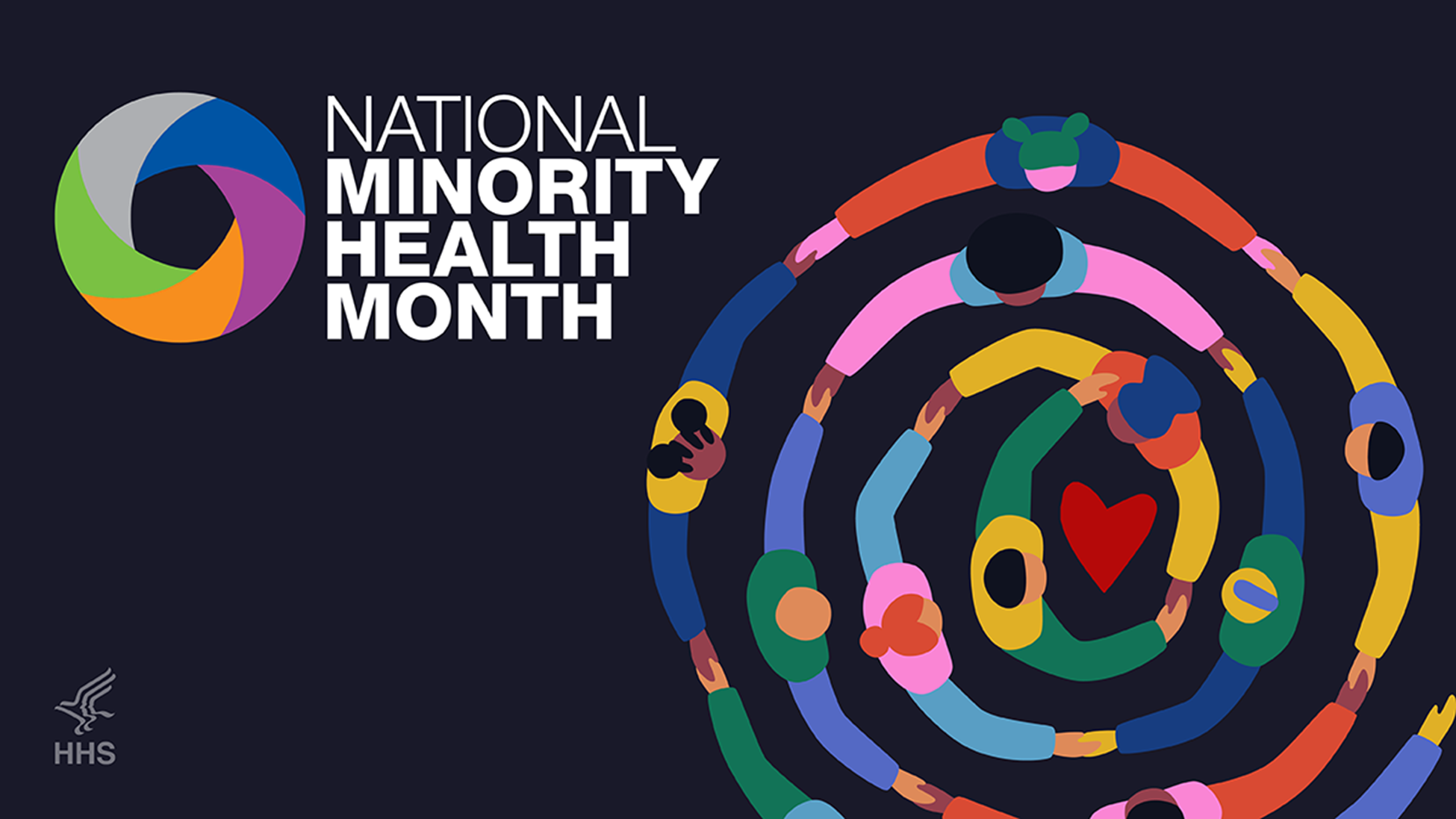Why Minority Health Month Still Matters
National Minority Health month is an annual observance every April that aims to raise awareness about the health disparities that persist among racial and ethnic minority groups and encourages action to eliminate these inequities.
The roots of National Minority Health Month can be traced back to Booker T. Washington, an educator, author, and civil rights leader, who founded National Negro Health Week in 1915. This observance continued until 1951 and laid the groundwork for many of the health-focused initiatives we observe today.
Health is shaped by various factors, also known as the determinants of health: genetics, behavior, environment and physical surroundings, medical care, and social influences. These factors are intertwined and together shape a person's overall well-being. To achieve health equity, it's crucial to address the social determinants of health.
Social determinants of health affect nearly everyone, and simply promoting healthier choices won't solve health disparities. That’s why it's essential to consider the conditions in which people are born, grow, live, work, play, and age. These conditions are key to improving health outcomes and reducing the long-standing disparities affecting racial and ethnic minority communities. Some examples of social determinants that influence health inequities include poverty, lack of access to health care, low education levels, and racism.
Additionally, social determinants include economic and social factors that impact community health. These factors are shaped by socioeconomic status, which encompasses income, power, and access to resources. A person’s education, job, and income all play a role in their health and well-being, influencing both individuals and their communities at large.
The relationship between social determinants and health disparities is complex. Many health inequities among racial and ethnic minority groups stem from or are worsened by multiple social determinants. By addressing these factors through a comprehensive, holistic approach, we can promote health equity and reduce disparities in marginalized communities.
In honor of Minority Health Month, we’d like to share some tips that everyone can use to help create better health outcomes in their own communities. Here are some guidelines provided by Healthy People 2030:
- Identify the needs: Bring together local community members and trusted organizations to discuss issues specific to your area.
- Get informed: Gather data from multiple sources, including public health information, to develop strategies that will benefit your community.
- Find inspiration: Learn about public health programs and successes that have achieved the goals you are aiming to achieve, and commit to providing culturally and linguistically appropriate services. This means offering care and services that respect diverse health beliefs, languages, socioeconomic backgrounds, and literacy levels.
- Monitor progress and Collaborate: Work with trusted partners to address the social determinants of health impacting vulnerable groups. Collaborating can help develop innovative solutions to tackle health disparities and long-standing inequities, and use national data as a benchmark.
Trusted resources for sexual and reproductive health information, such as Bedsider.org and Bedsider.org/es, are key to ensuring people have access to reliable information and are empowered to take control of their health and well-being. Four other resources to learn more about national efforts to improve health equity are:
- Evidence-Based Resources – This list of resources offers public health professionals evidence-based intervention evaluations and studies that have improved community health.
- Healthy People in Action – Partnership and community stories that can serve as inspiration.
- Using Evidence-Based Resources in your Work – Guides and videos on how to use Healthy People 2030 data and resources to improve community work.
This National Minority Health Month, let’s shine a light on the unique health challenges faced by minority communities and the crucial role of social determinants in these disparities. Together, we can take steps toward advancing health equity and improving health outcomes for everyone.



